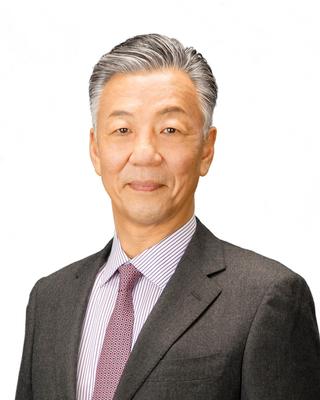Column International Exchange 2009.07.09
Two Regional Economies Expected To Be New Leaders for the Chinese Economy
The Chinese government has implemented a four trillion yuan economic stimulus plan in order to counter the negative impact of the global economic downturn. Although the plan has been criticized for its contents, it has, to a certain extent, been effective. China's May nominal figure for industrial production showed a growth of 8.9% over May of last year. By contrast, the April 2009 growth rate of 7.3% represented a 1.0% drop from the growth figure during the prior month of March. In real terms, the May figure increased 17.3%, 2.4% over April. Looking at regional figures, four areas (province, city, and autonomous regions) achieved the highest growth in May: Sichuan province (32.5% increase over May 2008), Tianjin city (22.1%), Inner Mongolia (20.0%), and Guangxi (19.9%). The investment in fixed assets in May 2009 in these areas grew substantially -- around 50% -- compared to May 2008, and this investment was the basis for growth in industrial production.
Of these four areas, Tianjin is the home of the Bohai Rim area, which includes Beijing, Liaoning, Hebei, and Shandong, and Guangxi has the Beibu Gulf Economic area. These are the two principal regions in which the heavy chemical industries, which will support China's future economic growth, are located. These two economic areas are supply centers for steel, industrial electric products and petrochemical products, which are used for the ever-expanding needs of the construction of domestic infrastructure. These areas currently are undergoing rapid construction of large port facilities and related roads, railways and industrial facilities.
Since the Open Door Policy in 1978, China is experiencing changes in the composition of its industrial structure and, with these changes, shifts in the centers of industrial production that are leading China's economic growth. In the 1980s, the leading industrial region was the Pearl River Delta, with Shenzhen as its center. At that time, the most rapid growth industries were labor-intensive, key examples of which were apparel, shoes, furniture, relatively low-tech electronics industries; these were owned by mid- to small-size companies, based in Hong Kong and Taiwan, that specialized in processing and exporting. In the 1990s, as the level of China's technology advanced and its infrastructure improved, major multinational electronics companies began production of PCs, cell phones, and digital cameras, etc. Their plants were mainly concentrated in Changjiang Delta (Yangtze River Delta), which comprises Jiangsu, Zhejiang and Anhui provinces, with Shanghai as its center. Here, the major industrial players are large Japanese, European, and American multinational corporations, but to the extent that they use China as a base for manufacturing and exporting their products, they are similar to the companies in the Pearl River Delta. Products manufactured in the Pearl River Delta and Changjiang Delta areas are made principally for export. As a result of these activities, China's exports expanded rapidly, and that in turn has led to the substantial accumulation of foreign currency. These two industrial centers were models for the export and investment that have driven China's economic growth.
As a result of the rapid economic growth led by these two regional centers of industry, the Chinese government became wealthy, and both Chinese corporations and individuals accumulated vast wealth. With this new wealth, China's domestic market is now increasingly strong. This strength is symbolized by the State Council's designation of the Bohai Rim area in 2006 and the Beibu Gulf Economic area in 2008.
These two economic areas are experiencing rapid increases in infrastructure construction, thanks to the four trillion yuan economic stimulus plan. They have gigantic construction projects under way, projects that are well beyond the imagination of Japan. For example, in Caofeidian (located in Tangshan), which neighbors Tianjin, 310 square kilometers were dredged and port facilities, with the capacity to handle 500 million tons annually, and a steel mill, with an annual production capacity of over 25 million tons, are being built. In Beibu Gulf Economic area, the main port facilities under construction are designed to handle 1,000 million tons annually, and there is a plan to build a nuclear plant with six reactors that will produce one million kilowatts. To compare the magnitude of these projects with those in Japan, the port of Nagoya, the largest in Japan, handled 220 million tons in 2008, and the 310 square kilometers of dredged land in Caofeidian is five times the land within the Yamanote Line (The Circle) in Tokyo (63 square kilometers) and is one-third the size of Tokyo Bay (922 square kilometers.) These enormous Chinese infrastructure projects are leading China's current economic growth.
These huge projects will be completed in due course and their economic impact will become clear in 2012-15. Therefore, the four trillion economic stimulus plan has short-term effects, as well as contributing to mid- to long-term economic growth in China.
